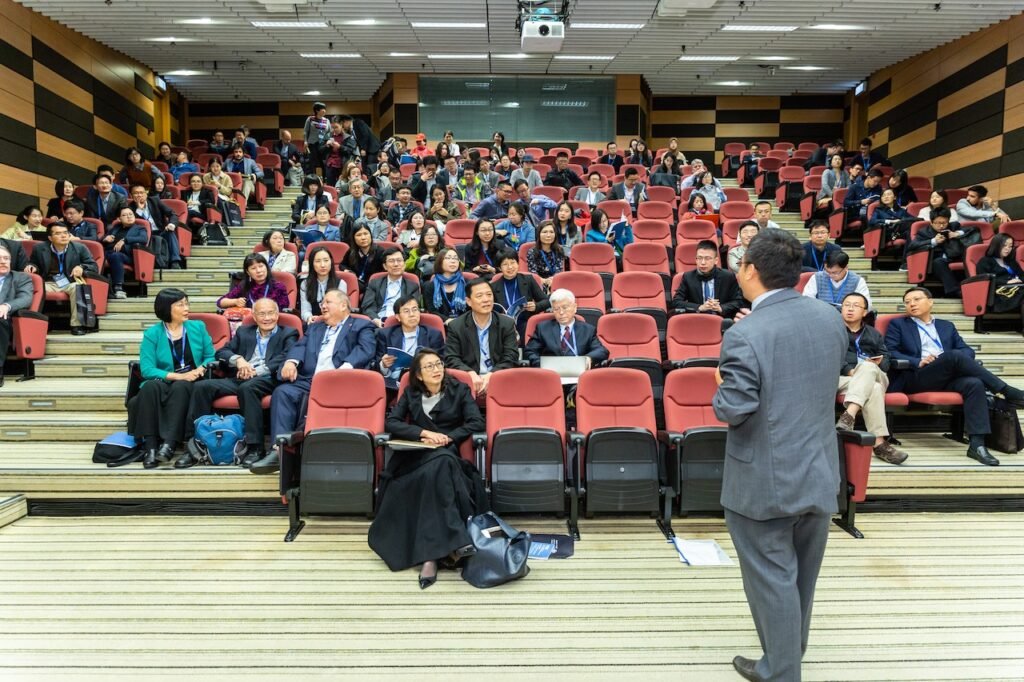
The intensive development of speech communications is a characteristic feature of modern society. Technology gives rise to new forms of speech communication, which results in the emergence of new types and genres of communication and new scholarly communication disciplines.
Most disciplines introduced into the educational process in socio-political, economic, and even technical specialities are directly related to rhetoric. These include public relations, management and administration, various business communications, and many similar disciplines.
The activities of a person whose profession is associated with the continuous delivery of public speeches, lectures, and reports are simply unthinkable without a thorough knowledge of the principles and rules of oratory. These people include politicians, professors, teachers, prosecutors, lawyers, etc. For them, public speaking is the primary weapon. Read more examples of a rhetorical analysis.
The following article will consider the concept of public speaking, the features of its construction, and make a rhetorical analysis of the text of the speech to Stanford alumni of public figure Steve Jobs.
Steve Jobs is one of the most symbolic figures in global business. Thanks to his persistence, the world learned about what real personal computers are for an ordinary user. In addition to computers, Jobs created the industry of computer-animated cartoons, gave the world the legendary iPod, and finally, under his leadership, Apple introduced the iPhone communicator.
Steve Jobs wrote and delivered the keynote speech “Stay Hungry, Stay Reckless” to Stanford University alumni on June 12, 2005. The speech style and content differed from his Apple product presentations, but no less worthy of consideration. You can easily find the full text of the speech on the Internet.
Essential elements of this remarkable speech include openness, simple classical structure, the Rule of Three, rich speech patterns, and the recurring theme of birth, death, and rebirth.
Rhetorical Analysis Example of the Speech to Stanford Alumni by Steve Jobs
1. Openness, humility, and audience praise.
Jobs’ speech starts with a compliment to the audience: “It is a big honor for me to be with you today at the graduation ceremony from one of the best universities on the planet.” After that, he admits that he did not graduate from college, showing humility. With only a few sentences, he creates a positive attitude towards himself and increases their receptivity to his message.
2. Conversational style
Compare “Stephen Wozniak, and I Found Apple” to “Woz and I Found Apple”
The first one is formal and introduces the two businessmen who founded Apple.
The second one is informal and creates an idea of two close friends. Jobs chose the conversational style, which is a wise choice. The audience consists of alumni whose graduation often means different future paths in the life of close friends.
3. Simple composition and sentences.
Jobs follow a traditional and straightforward structure: first comes the introduction, followed by three stories, and a well-founded conclusion. For 14 and a half minutes, he leads the audience using simple sentences:
E.g., “Today I would like to tell three stories.”
“My first story will be about connecting the dots.”
“The second story will be about love and loss.”
“My third story will be about death.”
4. Pauses and timing.
Jobs uses significant pauses after the key points, allowing the audience to comprehend them.
5. The Rule of Three
Jobs builds his speech around three main messages, and he applies the rule of three in many sentences and paragraphs.
E.g., “She was [1] beautiful, [2] historical, [3] masterfully refined …” (3:47)
Founded NeXT, another company called Pixar and fell in love with an amazing woman (7:16)
Jobs follows the three-sentence principle, thereby emphasizing how important each part is.
6. An abundance of speech turns
Jobs uses a large number of turns of speech.
Antitheses are speech figures used as a juxtaposition of contrasting words, often in a parallel structure. Jobs uses some compelling examples:
“If I hadn’t dropped out, I would never have signed up” (4:34)
“You cannot connect the dots by looking ahead; you can connect them only by looking back in time” (4:40)
“Death is no doubt the best invention of Life” (11:55)
Syntactic parallelism and other anaphora examples:
My adoptive mother didn’t graduate from college, and my father was never a high school graduate (10:38)
Anadiplosis (repetition of a phrase from the end of one sentence and the beginning of another) example:
The ultimate way to be fully satisfied is to do what you think is great. And the ultimate way to do great things is to love what you do.”
This example is good, but it is a bit lost because of the repetition “the ultimate way.”
7. Reiteration
Besides many examples highlighted earlier, Jobs ends his speech by repeating “Stay Hungry. Stay reckless” three times. Repetition adds strength to a critical argument, especially in the conclusion.
After analyzing the text of Steve Jobs’s public speech, we can conclude how important it is to clearly and distinctly express one’s thoughts, speak competently, and attract attention, but influence the audience.
Knowledge of the culture of speech is a peculiar characteristic of the professional suitability of people of various specialities: diplomats, lawyers, politicians, teachers of schools and universities, journalists, and managers.
It is essential to master the culture of speech for everyone who, in their position and occupation, is associated with people, organizes and directs their work, conducts business negotiations, educates, teaches, takes care of health, and provides people with various services.
That is why in schools, lyceums, and colleges, they began to teach the culture of speech, rhetoric, and oratory.
